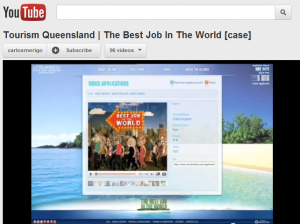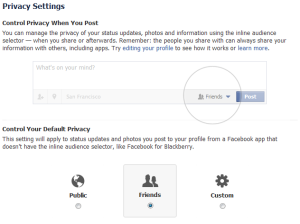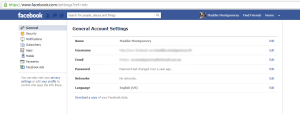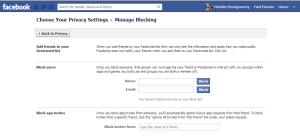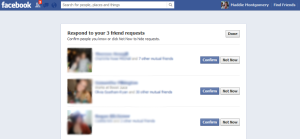The social graph is like a huge map people, where everyone is a node and each node is connected to another in some way. I am connected to the people I know; such as neighbours, co-workers, friends and family through a range of social media sites. The problem is the everyone needs to create a new identity when coming onto a social networking site for the first time, it would be less hassling if only one login was needed. If any these sites can read RDF files then I can use FOAF file (which are machine readable files that describe people) to find people I know quicker and easier. This idea works well with the semantic web, if more databases were linked from different sources it would facilitate the finding of connection I have with the people I know.
The positives of using FOAF:
- Connect with people you know.
- Create new communities.
- Find people with common interests and share a little about yourself with other people.
The negatives of using FOAF:
- Reveal personal information to many people on the Internet
- Share friend’s personal information on the Internet.
I can see that Friend Of A Friend does have benefits, but the risks far out-way any possible gain. Not only would I need to put up sensitive information such as my name, work status and email address, I would have to include up to 3 friend’s personal information as well. I realise that this is optional, but even asking for this kind of information would but many people in a difficult position. If my friends found out I used their personal information and shared it with everyone on the Internet they would not be please. As it stands FOAF is not something I would ever use or share with the public.
References:
Iskold, A. (2012, September 11). Retrieved August 26, 2012, from ReadWriteWeb: http://www.readwriteweb.com/archives/social_graph_concepts_and_issues.php
Foaf Project (2012). Retrieved August 26, 2012, from Foaf Project:
http://www.foaf-project.org/about
Dodds, L. (2012). Retrieved August 26, 2012, from FOAF-a-Matic:
http://www.ldodds.com/foaf/foaf-a-matic
